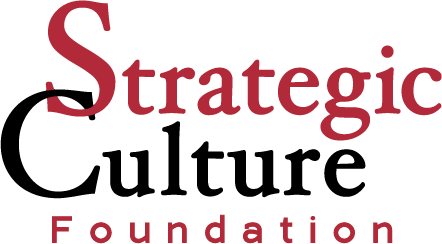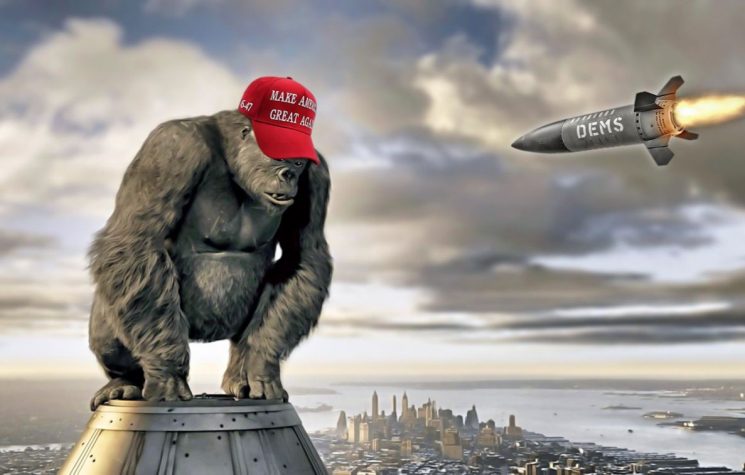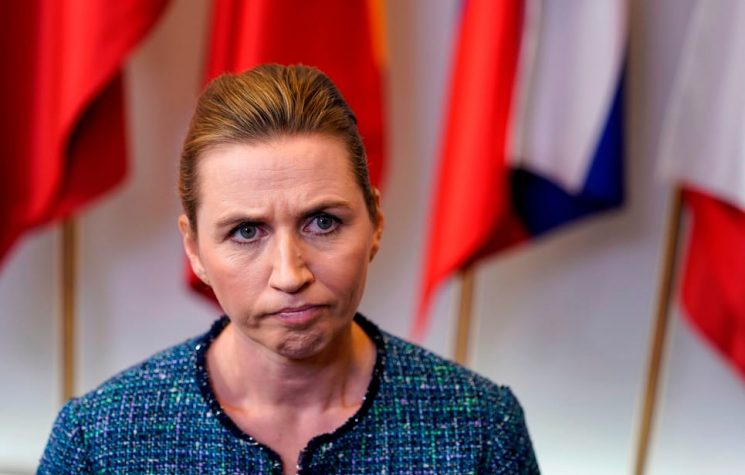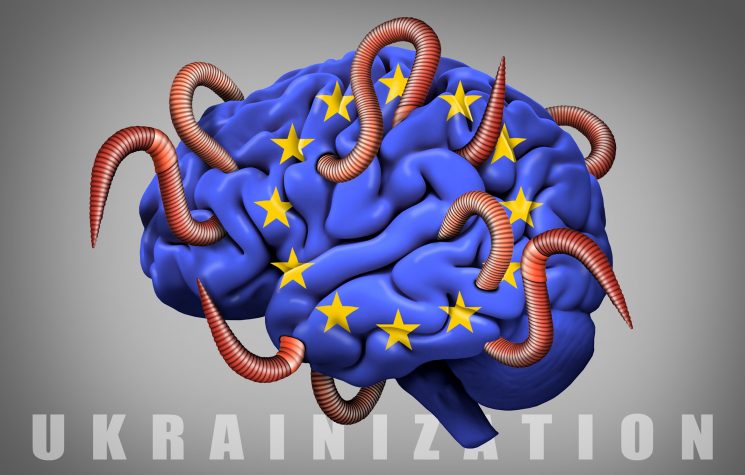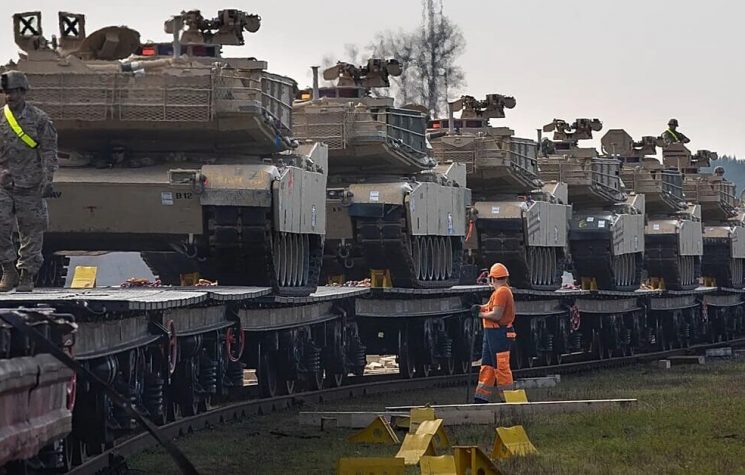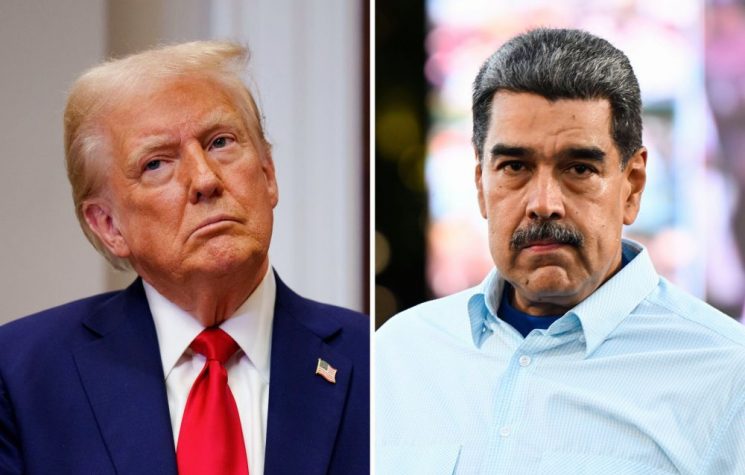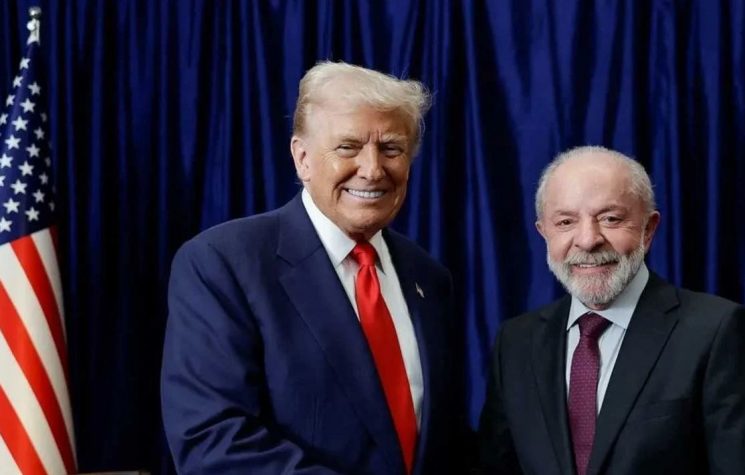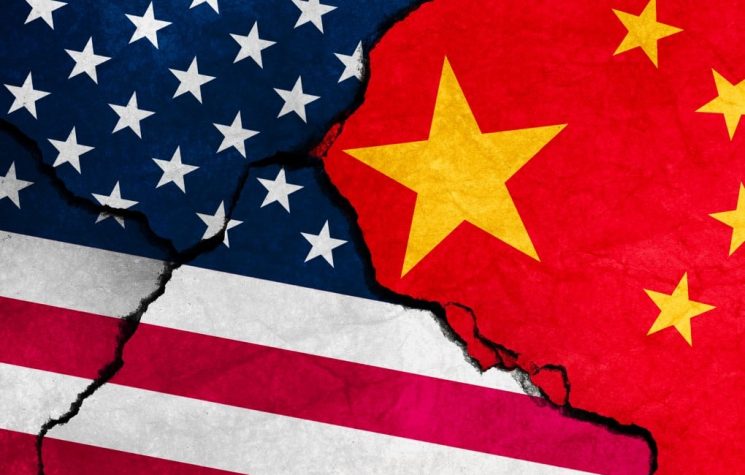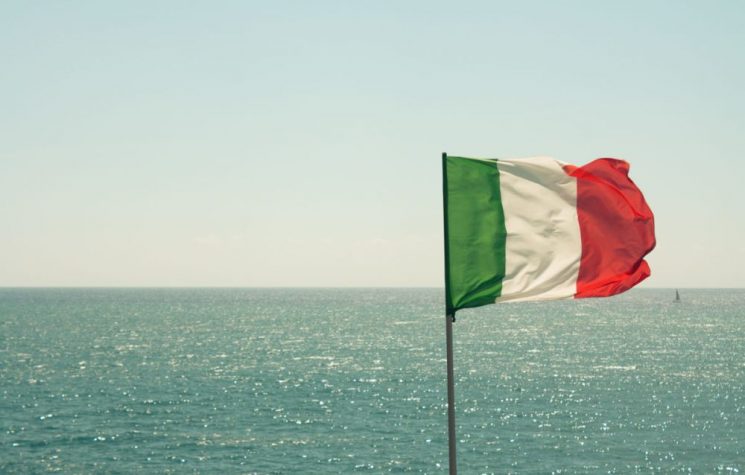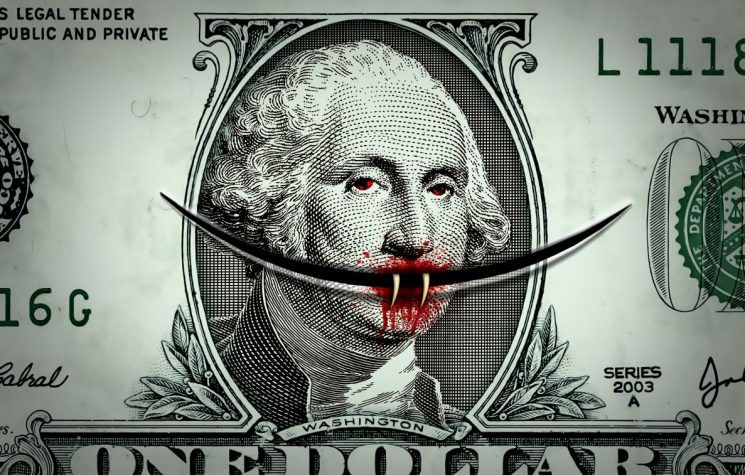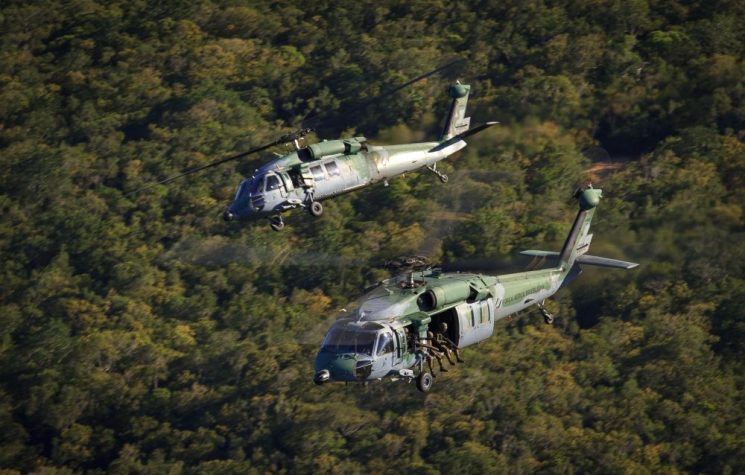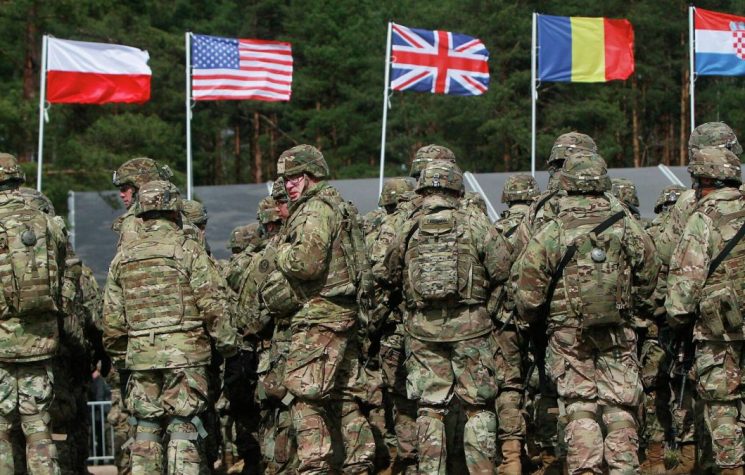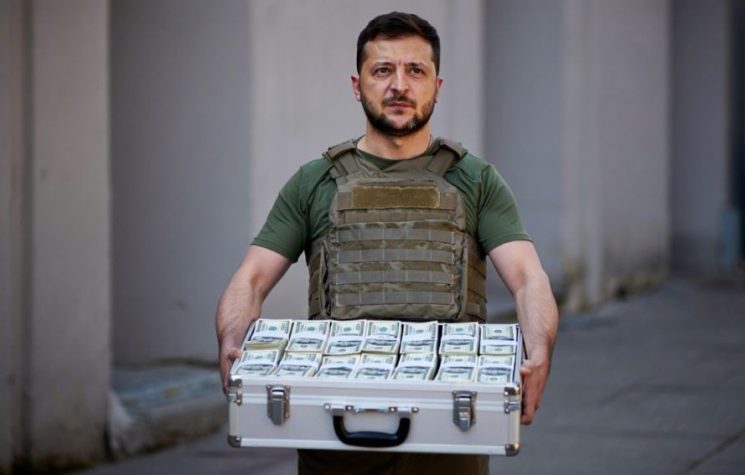NATO continues to threaten both the sovereignty of its member and adversary states as well as regional peace.
Contact us: info@strategic-culture.su
On April 4, 1949, with the signatures of 12 founding nations, the North Atlantic Treaty Organization (NATO) made its entrance onto the stage of history.
The concept that defines NATO is expansion.
Although recent expansions are often seen as a response to Russia’s operations in Ukraine, the principle of “expansion” has been the core driving force of NATO since the day it was founded—and it had to be.
The alliance began with Belgium, Canada, Denmark, France, Iceland, Italy, Luxembourg, the Netherlands, Norway, Portugal, the United Kingdom, and the United States. It later expanded to include Greece and Turkey in 1952, West Germany in 1955, Spain in 1982, the Czech Republic, Hungary, and Poland in 1997, Bulgaria, Estonia, Latvia, Lithuania, Romania, Slovakia, and Slovenia in 2004, Albania and Croatia in 2009, Montenegro in 2017, North Macedonia in 2020, and finally, with Turkey’s approval, Finland and Sweden.
The main target of this expansion has always been, of course, the Soviet Union (USSR), and later, Russia. Each phase of enlargement has simultaneously been a form of encirclement.
Led by the United States, NATO is primarily a war machine that serves the interests of American expansionism.
Constructed in response to the narrative of a “Soviet threat,” NATO used its military and media power to deliver the message that “communists are trying to take over the world,” while its true motivation was to block the “specter of communism” embodied in a wave of socialist revolutions and national liberation movements.
It was essential to wage war against the Soviet Union. While Europe was the initial battlefield, conflicts also extended to other parts of the world, such as Korea and Vietnam.
NATO as a War Machine and Political Engineering Tool
NATO was not only a war organization; it was also a tool for political engineering. Its function was not limited to confronting the “enemy,” but also included shaping the politics of its member states. Especially in the post-WWII era, it aimed to strengthen pro-American politics in Western Europe and suppress the rising left in a time of economic and political crisis.
NATO and the Counter-Guerrilla
Achieving these goals through purely legal means was impossible. Thus, under U.S. leadership, NATO established and managed secret organizations, intervening in the internal affairs of sovereign states.
One of the most notorious of these was the Counter-Guerrilla, a clandestine paramilitary force ostensibly created to combat the “threat of communism.” Although not officially under NATO command, these groups operated under NATO oversight and guidance. In Europe, they carried out numerous dark operations aimed at undermining democratic institutions, crushing leftist/socialist movements, and instilling fear in society.
The first major exposure of NATO’s Counter-Guerrilla activities came with the Gladio Operation in Italy. In this operation, it was revealed that numerous terror attacks in Italy during the 1970s and 1980s had been orchestrated by Gladio.
The main objective of these attacks was to create the public impression that “leftist groups” were behind the violence. This effectively reduced public support for leftist movements—and it worked.
Stay-Behind Operations
These Counter-Guerrilla efforts became known historically as Stay-Behind operations.
Their stated purpose was to form resistance movements in NATO countries in the event of a Soviet invasion of Western Europe. These organizations consisted of civilians who could be activated when needed to conduct sabotage, intelligence gathering, and propaganda operations. Coordinated by NATO’s Supreme Headquarters Allied Powers Europe (SHAPE) and the CIA, these activities were conducted in secret. In effect, many countries were covertly occupied by the U.S.
Secret armies were established with hidden sources of funding, personnel, and targets.
In addition to Italy, stay-behind networks were also established in countries such as France, Germany, Belgium, Greece, and Turkey. These operations remained classified throughout the Cold War.
Expansion in the Name of “Democracy”
An alliance that would die without expansion had, by the late 1990s, reached the doorstep of Russia. The main “motto” behind this entire process was, unsurprisingly, democracy. The “free” nations of the Atlantic would not surrender to the totalitarianism of the Iron Curtain.
Of course, this so-called necessity for expansion didn’t end with the dissolution of the Soviet Union. The goal wasn’t just to confront the USSR, but to ensure that a political and economic order compatible with Western imperialism prevailed across the former Soviet geography. As such, the anti-communist sentiment of the Cold War narrative was seamlessly replaced with a broader, enduring anti-Russian propaganda campaign.
While the peoples of Russia, “liberated” from socialism, struggled in a crisis-ridden triangle of economic collapse, mafia rule, and oligarchy, NATO’s expansionist line increasingly asserted itself as the world’s dominant force.
From Covert Ops to Open Attacks
This dominance has not only been maintained through covert operations but also via direct military interventions.
The 1999 war in Kosovo, the 2001 occupation of Afghanistan, and the 2011 assault on Libya are among the most prominent examples.
In 1999, Kosovo, Serbia, and Montenegro were bombed by 600 aircraft from 13 countries. The aim was to install a pro-American government in the Balkans, expanding NATO’s influence in the region—effectively, to limit Russia’s sphere of influence.
In the “Operation Allied Force” campaign, nearly 6,000 uranium-based missiles and bombs were dropped, in addition to cluster munitions. Refugee camps, water and power sources—essential infrastructure—were all deliberately targeted. The Pentagon later admitted to dropping 10,800 uranium bombs in Bosnia-Herzegovina as well. This “decisiveness” also extended to support for ethnic cleansing operations resulting in the death and displacement of thousands of Serbs.
The same aggression occurred in Afghanistan. The NATO umbrella was opened through the invocation of Article 5 of the treaty, dragging alliance members into a prolonged occupation and countless civilian massacres. The concept of “preemptive war,” used to justify these imperial aggressions, was also the basis for the long imprisonment of Julian Assange due to the Afghan War Logs. Later, in Iraq, this rationale was upheld by the now-discredited lies about weapons of mass destruction.
The 2011 NATO-led intervention in Libya—disguised as a “humanitarian mission”—ended in the brutal murder of Muammar Gaddafi. In reality, the goal was to prevent both Gaddafi and post-Gaddafi Libya from deviating from Western-imposed lines. The real motive behind the freedom NATO claimed to bring was Libya’s immense wealth: billions of barrels of oil, trillions of cubic meters of natural gas, and energy reserves worth six trillion dollars. NATO bombings continued for months under the pretense of “protecting civilians” via a UN mandate.
Freedom, Democracy, Peace…
All of this aggression was justified by appeals to freedom, democracy, peace, and humanitarian causes. The widespread acceptance of these blatant lies worldwide was largely due to the success of “democratic” media giants.
In this context, the ongoing war in Ukraine must also be evaluated historically. Ukraine has long been a region targeted by imperialism—before, during, and after the Soviet period—through efforts to destabilize the area.
The claim that Russia’s invasion of Ukraine “reunited” NATO stems from a historically narrow perspective.
The U.S. has been involved in Ukraine’s internal political conflicts since the country declared independence. This alignment was visible during the Orange Revolution of 2004, and again during the 2014 Euromaidan coup triggered by the cancellation of an EU cooperation agreement. In fact, U.S. interest in non-member Ukraine began well before Russian military involvement, as part of plans to turn the Black Sea into a NATO-controlled zone.
As always, the cost of this historical mission directed at Russia is being paid—and will continue to be paid—by the peoples of Europe.
What Is NATO Doing Today?
With a history marked by military aggression, covert operations, unsolved crimes, and political conspiracies, NATO continues to pursue its expansionist agenda. It also attempts to intimidate countries that resist its interests through its global network of military installations.
Beyond the invasions mentioned earlier, NATO remains active today through operations such as “Operation Ocean Shield” in Somalia, “Operation Active Endeavour” in the Mediterranean, “Baltic Air Policing,” and “Enhanced Forward Presence (eFP)” in Eastern Europe.
NATO currently operates military bases with various functions in approximately 10 countries including Italy, Germany, Turkey, Kosovo, Afghanistan, Iceland, and Spain. It also maintains missions in 28 countries worldwide.
Preparing for War
In just the past decade, NATO has conducted more than ten large-scale military exercises—most recurring annually—involving tens of thousands of soldiers and heavy equipment. This reveals NATO’s clear intention to keep member states in a constant state of war readiness.
Similarly, NATO’s demand that member countries increase defense spending is another indication of these preparations.
At NATO’s 2014 Wales Summit (notably the same year as the color revolution in Ukraine and the beginning of a new regional phase), member states were urged to allocate at least 2% of their gross domestic product (GDP) to defense spending, with at least 20% of that dedicated to major equipment and R&D. Now, under pressure from former U.S. President Donald Trump and NATO’s new Secretary-General Mark Rutte, this figure is being pushed as high as 5%.
Even though many believe that Russia’s invasion of Ukraine has “unified NATO,” the alliance had already formed the Very High Readiness Joint Task Force (VJTF) eight years earlier in preparation for conflict with Russia.
In light of all this information, NATO continues to threaten both the sovereignty of its member and adversary states as well as regional peace. Its entire focus and strategy revolve around continuous expansion. And unless this expansion stops, the weapons of the world will not fall silent.

